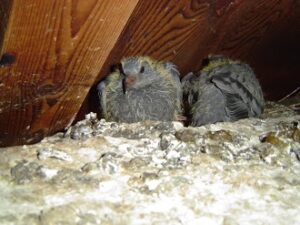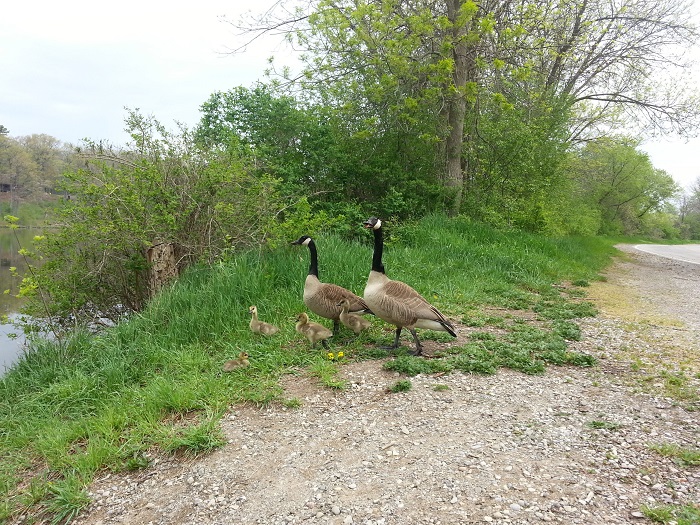One of the most fascinating aspects of the animal kingdom is how bird migration works. Traditionally, the migration of birds takes place across late summer and fall, and involves huge populations of species moving to warmer temperatures and milder climates for the winter. Some varieties of birds don’t follow this expected pattern of migration. In the winter months, many species stay where they are. Lots of factors influence migration, such as global weather patterns, availability of resources, deforestation and pollution. At Skedaddle Humane Wildlife Control, we can help homeowners with bird control problems no matter what the season.
Bird Migration Facts
Bird migration is not universal among all species. Migratory birds also exhibit different routines and habits in the way they travel between their winter and summer habitats. Bird migration happens due to limited resources, such as food and nesting sites. For most kinds of migratory birds, migration occurs between the nesting season in the summer and the nonbreeding winter season.
Migration to the south typically starts in the late summer to early fall and may continue as the weather gets colder. Each species has its own timeline for migration. Birds are triggered to migrate based on a variety of things happening in their environment, including shorter days, colder temperatures and fewer food sources. In some cases, the bird’s genetic instincts may trigger migratory behaviour.
The typical migration timeline for areas in North America near the Canadian border has birds moving south around early September and returning back to the region in late April. Migratory birds may travel long distances, sometimes even hundreds of miles to their summer homes. Most bird species journey shorter distances, such as travelling to a lower elevation nearby or a state or two away.
Migratory Birds and Non-Migratory Species
 It’s also important to recognize that not all birds migrate. A number of bird varieties stick around all year long. For the birds that do migrate, look for these species flying in the skies in the fall or spring during their journeys.
It’s also important to recognize that not all birds migrate. A number of bird varieties stick around all year long. For the birds that do migrate, look for these species flying in the skies in the fall or spring during their journeys.
Some common migratory birds that make this area home during the warmer months are the Canada goose, great blue heron, bald eagle, golden eagle, yellow warbler, common elder, bobolink and the American white pelican. Many other birds, including hummingbirds and a vast number of shorebird species, also make their way through this territory during their travels.
Birds that don’t migrate when the seasons change just end up sticking around all year long. The most common non-migratory birds in the region include blue jays, vultures, woodpeckers, wild turkeys, cardinals, ravens and magpies.
Birds That Stay Put
Staying put instead of migrating may be more beneficial for some bird types. Travelling miles away from home can be hazardous, and for some species, it’s preferable to stay here instead of risk the treacherous journey. Birds that don’t migrate can also stay longer in their nesting sites and hold onto a prime spot, preventing it from becoming another animal’s new home.
Another advantage for birds that stay in the area year-round is the extra time to raise their young rather than making the long journey south. Some non-migratory bird species breed more often during the colder months and have additional young to add to their population in the region. These birds can make the most of their time and collect food supplies, nurture their broods and find the best resources.
Bird Control for the Winter Months
Understanding bird behaviour and migration can prove helpful if there is a problem with these animals. During the winter, some birds seek warmer shelter and may get access inside a home through the roof, attic, walls, shed, chimney or crawl space. Bird habitats around the country are also being disturbed due to increased human populations and construction. If your home has a bird problem, it’s important to consult the professionals to help with removal.
Trying to trap and remove a distressed bird by yourself may lead to problems. Some birds often get confused and become trapped in a space, and need a way to get out safely. Birds may carry parasites, and their droppings and nest materials may also spread fungus or diseases. Professional animal control services, like Skedaddle Humane Wildlife Control, can safely remove a bird infestation from your home.
Skedaddle Humane Wildlife Control constantly strives to be a leader in the industry with a focus on deciphering animal behaviour and humane practices. Learn more about how we help homeowners deal with bird infestations.



